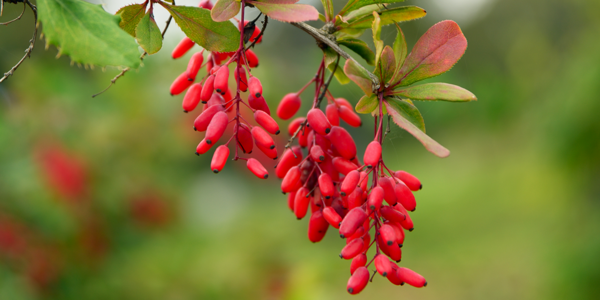Comparative singlet oxygen photosensitizer efficiency of berberine, rose bengal, and methylene blue by time course nuclear magnetic resonance (NMR) monitoring of a photochemical 4+2 cycloaddition endoperoxide formation
(1) Los Altos High School, Los Altos, CA, (2) Mission San Jose High School, Fremont, CA, (3) Carlmont High School, Belmont, CA, (4) Amador Valley School, Pleasanton, CA, (5) BASIS Independent Silicon Valley, San Jose, CA, (6) Department of Chemistry, Biochemistry, & Physical Science, Aspiring Scholars Directed Research Program, Fremont, CA, (7) Dublin High School, Dublin, CA
https://doi.org/10.59720/21-005
Berberine, a natural product alkaloid, has been shown to exert biological activity via in situ production of singlet oxygen when photo irradiated. Berberine utilizes singlet oxygen in its putative mechanism of action, wherein it forms an activated complex with DNA and photosensitizes triplet oxygen to singlet oxygen to specifically oxidize guanine residues, thereby halting cell replication and leading to cell death. This has potential application in photodynamic therapy, alongside other such compounds which also act as photosensitizers and produce singlet oxygen in situ. The quantification of singlet oxygen in various photosensitizers, including berberine, is essential for determining their photosensitizer efficiencies. We postulated that the singlet oxygen produced by photoirradiation of berberine would be superior in terms of singlet oxygen production to the aforementioned photosensitizers when irradiated with UV light, but inferior under visible light conditions, due to its strong absorbance of UV wavelengths. Here, we report the usage of time course 1H nuclear magnetic resonance (NMR) spectroscopy to trap singlet oxygen via a 4+2 cycloaddition with terpinene, as well as theoretical calculations by time-dependent density functional theory (TD-DFT) towards quantification of berberine's singlet oxygen production against two known photosensitizers, methylene blue and rose bengal, to determine berberine’s efficacy as a singlet oxygen photosensitizer. We envision that similar processes can be utilized for the evaluation of berberine analogs or other photosensitizing agents and the identification of other potential medicinally significant singlet oxygen photosensitizers.
This article has been tagged with: